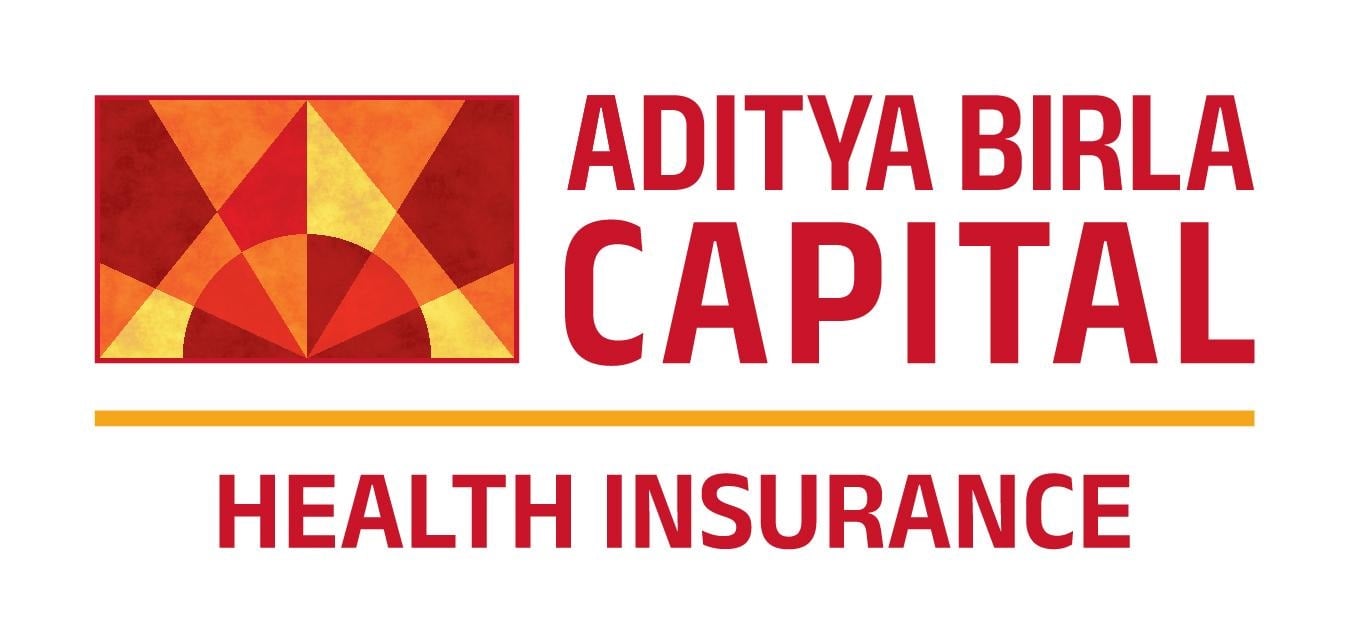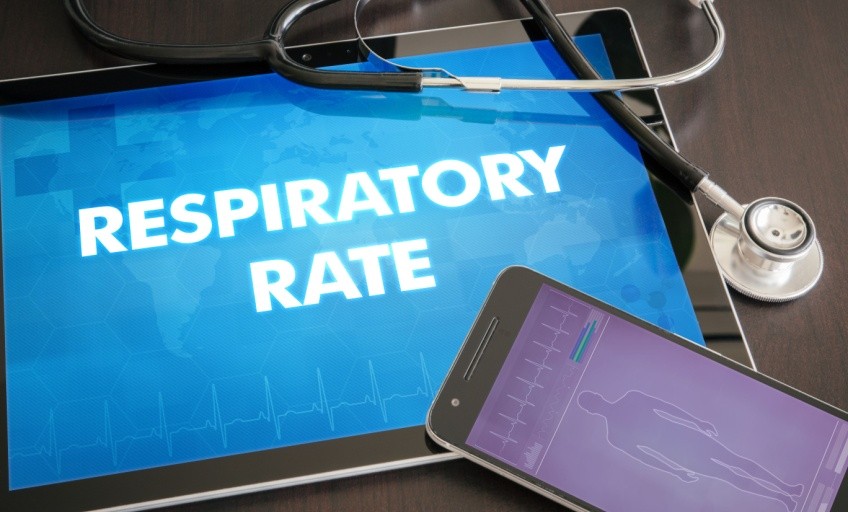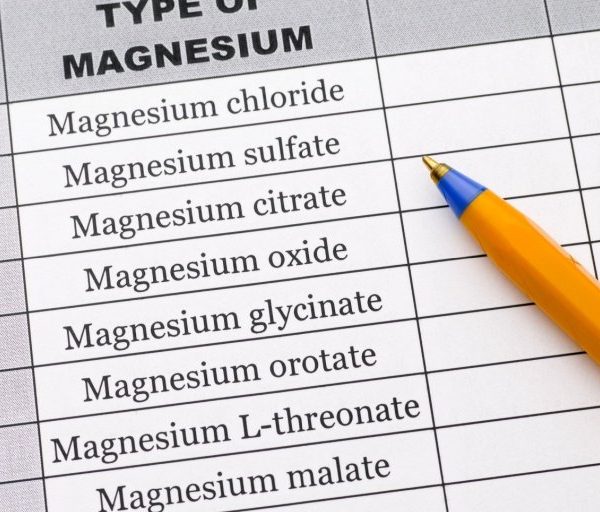Respiratory rate is a vital sign for the human body and indicates its optimal functioning. Your breaths’ depth, pattern, and speed indicate whether the body can deliver oxygen to all the tissues and vital organs. Respiratory rate is not only affected by temporary factors like alcohol consumption, poor sleep, drugs, or anxiety but also due to chronic conditions like heart disease.
What you need to know:
- Understanding respiration and respiratory rate
- Normal respiratory rate in adults and children
- How is the respiratory rate an indicator of heart health
Understanding respiration and respiratory rate

Respiratory rate is the number of breaths you take per minute. Respiration is a metabolic process of inhaling oxygen and releasing carbon dioxide. The body’s respiratory drive controls it. The respiratory drive can be further divided into 3 control systems:
Neural central control:
The neural central control is responsible for setting the air intake volume and ventilation rate, thus affecting breathing patterns, inhalation, and exhalation.
Sensory input system:
The sensory input system interacts with the central nervous system to set the volume and rate of breathing and recognize chemical changes.
Muscular system:
The muscular system is responsible for controlling the mechanics of breathing. It receives signals from the other systems and moves the lungs accordingly.
Heart diseases can affect any or all of these systems and adversely affect respiratory rates. Poor respiratory rates due to other factors and conditions have also been known to affect heart health.
Normal respiratory rate in adults and children
In healthy adults, a normal respiratory rate is between 12 and 20 breaths per minute. Changes in respiratory rate may be due to aging, conditions affecting other organs, or a sign of cardiac arrest. A respiratory rate lower than normal can be due to central nervous system dysfunction, whereas a rate higher than normal may be due to other underlying causes.
In children, the respiratory rate varies by age.
Newborns (0-1 month): 30-60 breaths per minute
Infants (1-12 months): 30-60 breaths per minute
Children (1-5 years): 20-40 breaths per minute
Children (6-12 years): 18-30 breaths per minute
Adolescents (13-18 years): 12-16 breaths per minute
Adults (18 years and older): 12-20 breaths per minute
How is the respiratory rate an indicator of heart health
The relationship between respiratory rate and heart health has been observed in several situations:
Respiratory sinus arrhythmia

Under normal conditions, heart rate increases during inhalation and decreases with exhalation. This natural variation in the heart rate is known as respiratory sinus arrhythmia (RSA). RSA is seen in healthy individuals with a well-functioning autonomic nervous system. Reduced RSA can be an indicator of autonomic dysfunction or heart conditions.
Tachypnea (high respiratory rate)
The body can elevate its respiratory rate to increase oxygen intake if the heart doesn’t pump blood effectively. Respiratory rate has been observed to be higher in cases like chronic obstructive pulmonary disease (COPD) and congestive heart failure to meet the body’s oxygen demands. Rapid breathing is also observed in the case of pulmonary embolism or acute myocardial infarction (heart attack) as the body struggles to remain adequately oxygenated.
Bradypnea (low respiratory rate)
Severe metabolic disturbances or cardiovascular conditions can cause low respiratory rate. It is a result of inadequate oxygenation of the blood due to respiratory depression or poor cardiac function. Low respiratory rate is often associated with advanced stages of heart disease and severe heart failure. It is also an indicator of low cardiac output or lack of oxygen in the blood, also known as hypoxemia, or in the tissues, known as hypoxia.
Diagnosis and management of heart conditions require regular monitoring of heart rate and respiratory rate as they are valuable indicators of heart health. Respiratory rate can reflect how well your cardiovascular system functions and whether it is coping with stress and other complications occurring with heart conditions.
Stay tuned to the Activ Living Community. Keep up to date with the latest health tips and trends through expert videos, podcasts, articles, and much more on nutrition, fitness, mindfulness, and lifestyle conditions like Asthma, Blood Pressure, Cholesterol, and Diabetes. Activ Living ke saath sahi sehat ki shuruat ABHI karo.
You may also be interested in the following blogs:
Popular Searches
How to lower blood pressure | Fruits good for liver | Unhealthy foods | Ragi Benefits | Basal Metabolic Rate | Acupressure points for High Blood Pressure | Ayurvedic medicine for blood pressure | How to control cholesterol at home | Homeopathy for Asthma | Biological Age | Home remedies for TB | Natural beta blockers | Negative effects of internet | Types of walking | Blood pressure calculator | Blood sugar calculator | BMI Calculator





 1800-270-7000
1800-270-7000










